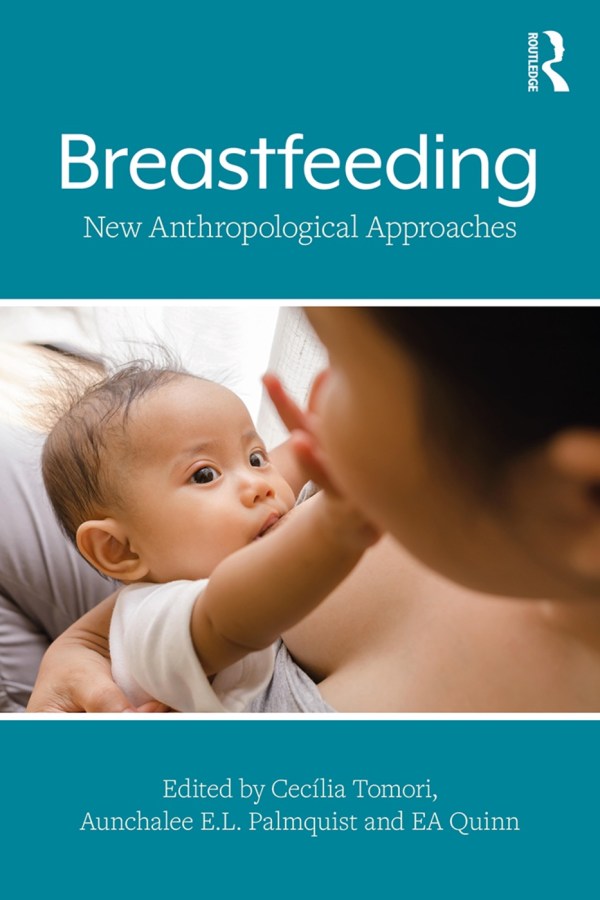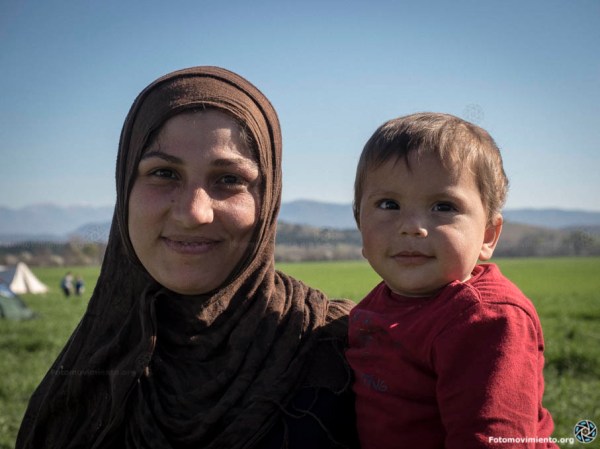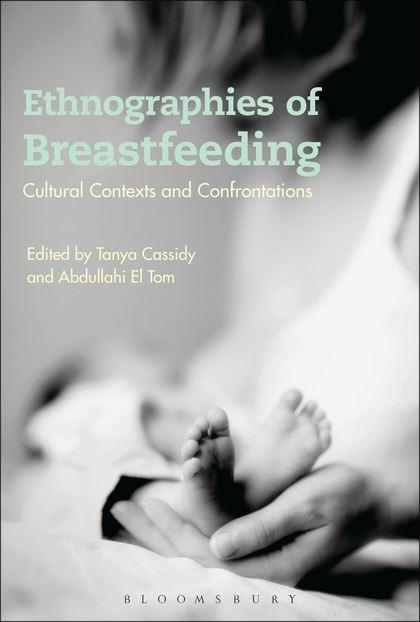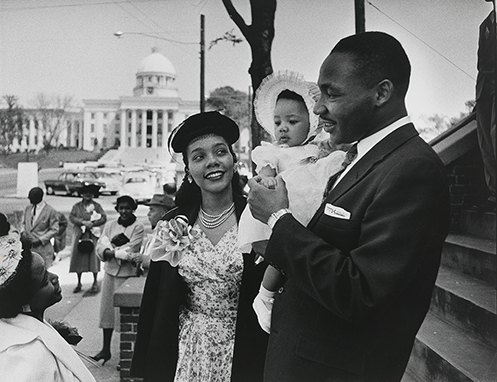Infants and young children under 2 are especially vulnerable to illness, malnutrition, and death during humanitarian crises. According to the World Health Organization (WHO), in emergency situations artificial feeding increases the risk of death by diarrhoeal by 1300% as compared to breastfed infants. A baby may die within days of the onset of diarrhoeal disease. The younger the baby, the greater the risks of artificial feeding.
In this emergency, the transit context introduces serious challenges to safer formula feeding. Mass donations of powder formula, bottles, and teats increases the risks of infant death by diarrhea and malnutrition. This is because where refugee families are throughout Greece, they do not have access to the potable water, sanitation, or the supplies needed to properly prepare formula or scrub and sterilize bottles and teats.
UNICEF, WHO, WFP, International Medical Corps, and Save the Children have called for breastfeeding support and outline conditions for use of breast milk substitutes: http://www.unicef.org/media/media_57962.html
When artificial feeding is required, ready-to-feed (UHT) formula is recommended for infants less than 6 months. Non-breastfed infants more than 6 months and toddlers may have UHT milk or yogurt, along with healthy, age-appropriate complementary foods. Cup feeding is more hygienic than bottle feeding.
Breastfed infants should be exclusively breastfed for 6 months, and then breastfeeding should continue for as long as possible, up to two years and beyond. After 6 months breastfed infants may receive healthy, age-appropriate complementary foods. Relactation is possible for mothers who have stopped breastfeeding and wish to begin again. Cross-nursing (“wet nursing”) is recommended before offering breastmilk substitutes in emergencies. Formula should be used a last resort when all other options have been ruled out.
GIVE MONEY, NOT FORMULA OR BOTTLES to organizations providing infant and young child feeding aid. Donations of money allow them to purchase exactly the supplies needed, when needed, to deliver infant feeding support that does not put infants at further risk.
Learn about the IFE Core Group recommendations for supporting families with infants and young children in transit.
These recommendations have been translated into easy-to-use documents for aid workers and families: http://safelyfed.org/resources/













